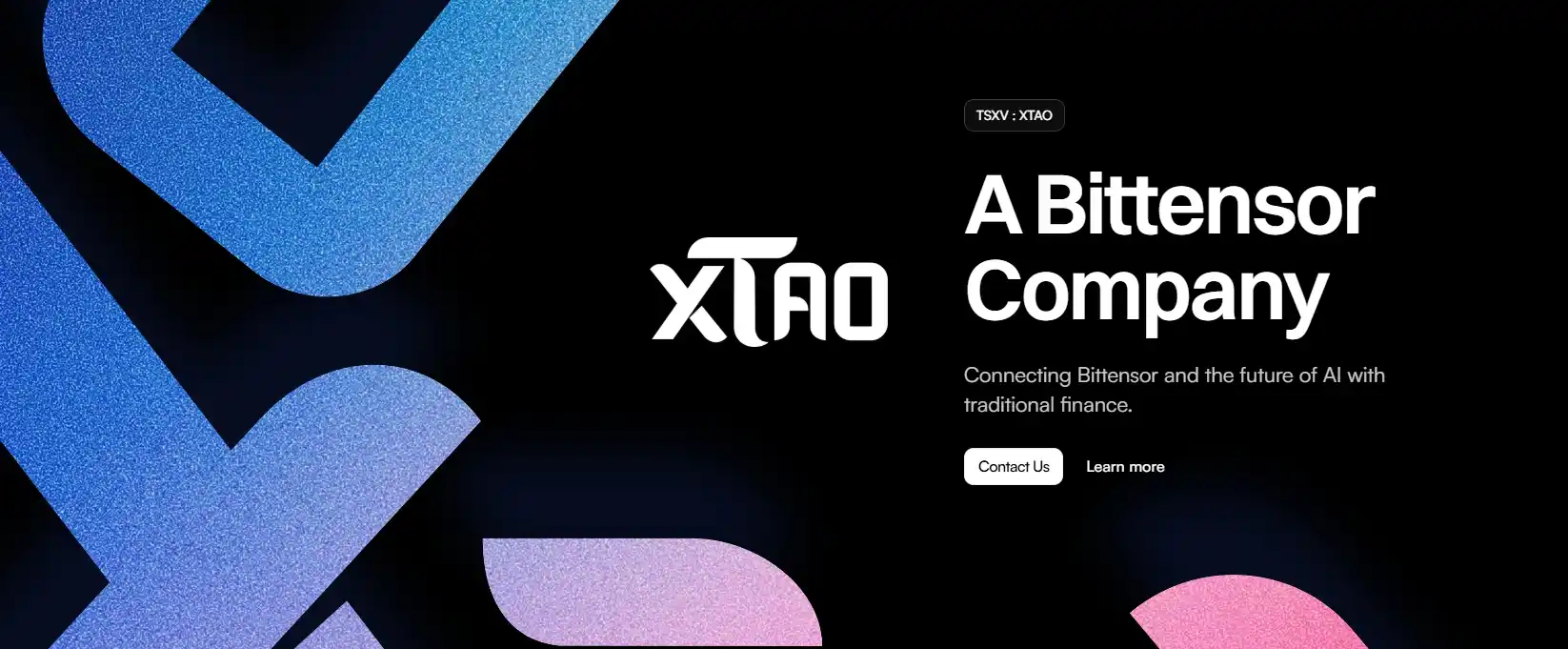The modern technological landscape is rapidly changing, and the blockchain industry remains one of the most dynamic sectors. The xTAO project offers an innovative solution combining decentralized governance (DAO), smart contracts, and mechanisms for sustainable ecosystem development. The platform aims to create a transparent and secure environment for interaction between users, developers, and investors. xTAO isn't just another crypto project — it's a comprehensive ecosystem where every participant can influence the platform's development. Unlike traditional systems, there's no centralized control here, and all decisions are made by the community.
Contents:
- What is xTAO? Core Principles
- Technological Foundation: Blockchain and Smart Contracts
- Decentralized Governance (DAO) in xTAO
- Tokenomics and Economic Model
- Project Roadmap and Development
- Conclusion
What is xTAO? Core Principles
xTAO is a decentralized platform designed to ensure transparent and secure interaction between ecosystem participants. The project's main goal is to eliminate intermediaries, giving users full control over their assets and decisions.
xTAO is built on principles of openness and equal opportunity. The platform supports various blockchain solutions, making it flexible and adaptable to community needs. Participants can not only use services but also propose improvements by voting on key changes.
A distinctive feature of xTAO is its focus on sustainable development. Unlike many crypto projects that prioritize short-term profits, xTAO implements mechanisms for long-term stability through well-designed tokenomics and reward systems.
Technological Foundation: Blockchain and Smart Contracts
xTAO is built on advanced blockchain technologies ensuring high transaction speeds and minimal fees. The platform uses smart contracts to automate processes, eliminating human factors and reducing fraud risks.
Key advantages of xTAO's architecture:
- Scalability — supports high transaction volumes without performance loss.
- Security — employs cryptographic algorithms for data protection.
- Interoperability — compatible with other blockchain networks.
- Energy Efficiency — utilizes eco-friendly consensus mechanisms.
These features make xTAO suitable for both individual users and enterprise solutions. Integration with DeFi and NFT platforms expands the ecosystem's capabilities.
Decentralized Governance (DAO) in xTAO
One of xTAO's key innovations is its Decentralized Autonomous Organization (DAO) system. This allows ecosystem participants to directly influence platform development without centralized control. All decisions are made through transparent voting mechanisms where voting power depends on xTAO token holdings.
How DAO works in xTAO:
| Stage | Description |
|---|---|
| Proposal | A participant submits an initiative for improvement, parameter changes, or new features. |
| Discussion | The community analyzes the proposal, assessing its benefits and potential risks. |
| Voting | xTAO token holders vote to determine the initiative's fate. |
| Implementation | Approved changes are automatically implemented via smart contracts. |
This approach ensures democratic and sustainable ecosystem governance, with key decisions made collectively. DAO keeps xTAO adaptable to user needs without centralized structures, appealing to those who value transparency and equal opportunity.
Tokenomics and Economic Model
xTAO's economic architecture creates a sustainable ecosystem with transparent reward mechanisms. The model features balanced token distribution and clear usage rules.
Core system elements:
- Fixed supply of 100 million tokens
- 15% of fees burned quarterly
- Profitable staking with up to 18% APY
- 30% of tokens reserved for ecosystem development
This structure ensures long-term project stability while creating favorable conditions for early participants. Flexible distribution mechanisms allow economic adaptation to market changes.
Project Roadmap and Development
xTAO shows steady growth, focusing on functionality expansion and strengthening its blockchain industry position. Near-term plans include cross-chain integrations for seamless interaction with other networks and DeFi protocols. Special attention goes to NFT development, including a specialized marketplace with unique digital asset monetization mechanisms.
Concurrently, work continues on improving voting and governance systems to enhance DAO decision-making efficiency. Educational initiatives for developers and users will foster community growth. Strategic partnerships with industry leaders will accelerate innovative solution implementation and expand platform applications.
Conclusion
xTAO represents an innovative project combining advanced blockchain technology, decentralized governance, and a sustainable economic model. The platform offers users not just interaction tools but also the ability to influence ecosystem development.
Thanks to its well-designed architecture, xTAO ensures security, scalability, and transparency, appealing to both individual investors and large organizations. The project has potential to become a key Web3 player, offering solutions for a decentralized future.
Follow xTAO's development on the official website and social media. Ecosystem participation opens new opportunities for anyone interested in blockchain technology and decentralized finance.





